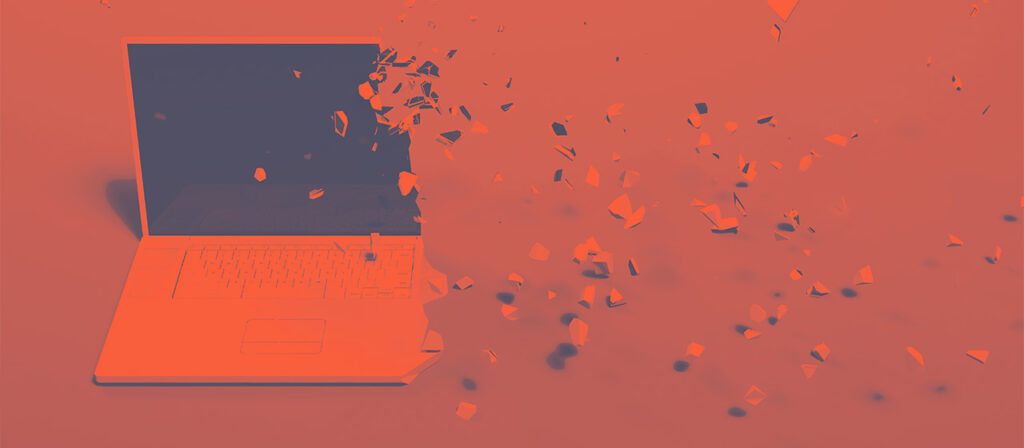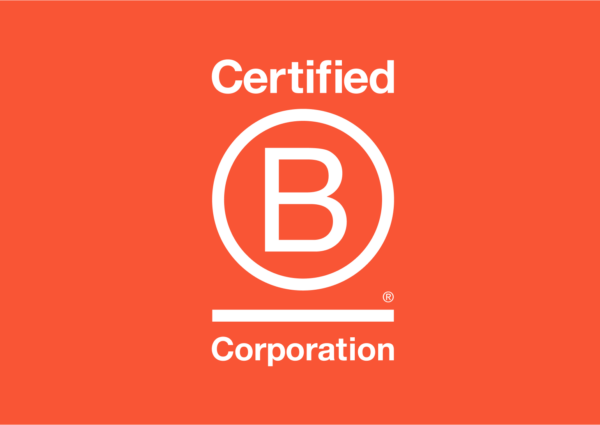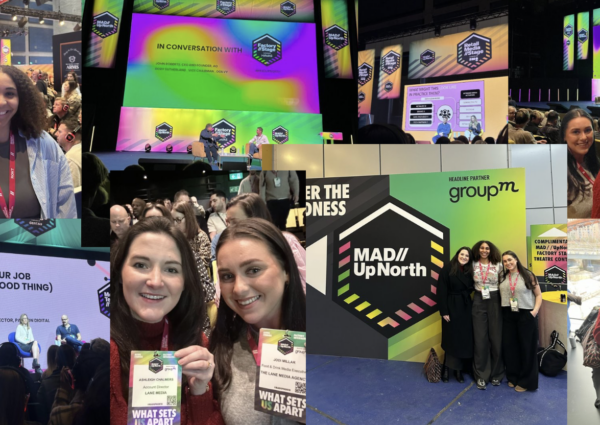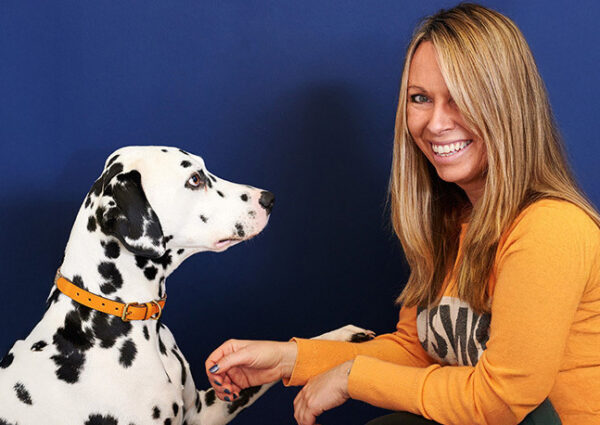Website design – Can you break the mould?
Emily Fraser • 23rd Apr 2024

I have been a digital designer for over 15 years, and over this time I’ve worked on many websites – from more corporate real estate sites to BBC streaming services and microsites dedicated purely to Veganuary.
One thing I have always struggled with is this idea of creativity and the reality of how a website works. Yes, there are times when you work on a microsite where the flexibility in the design isn’t as important, the layout and the content is evergreen and therefore set in stone – in the same way as a designer I would work on something for print. For those jobs, you have the content approved and signed off and then you have creative freedom. Yes, you’re still applying some rules, grids, type styles and colours for consistency, but you can take risks because you know the content is capped.
Website design can take you on a very different path
When you’re creating a website design, this isn’t always the case, especially for a site that will need to have multiple content editors. So, how do you stay creative when you’re talking in a vernacular that includes words like ‘blocks’? I’ve sometimes wondered when presenting designs like this if there’s some junior exec betting with someone else in their office on just how many times I’m going to say the word ‘content’, or ‘content blocks’, or even just ‘content’.
For me, any good design begins with having a close, collaborative relationship with the client. I want to know EXACTLY how they use the site, or how they want to use it. What bugbears have they experienced before because the previous designer didn’t listen? Understanding, in-depth, how they use the site and what they want out of the new one can help you understand how to design components with flexibility – components that still truly reflect the quality of the brand and the brand’s design features. Whenever I work on something, I’m always thinking what if the headline is longer, what if the text is too long? Do we need to truncate to keep the design looking good? If we truncate, can we specify how many words are needed so it doesn’t have a negative impact on SEO? How will that image work if the text block is taller, is the image vertically aligned or fixed to the top? The questions keep coming.
These are all considerations that take time, experience, and lead to variations. But this extra investment in design time manages to solve a lot of issues that could have easily been overlooked. I have worked with some very talented developers over the years, and I always want to work with them closely whenever we work on a site because this connection and communication is integral for success. One thing’s for sure, a developer would rather some choices were made at design level rather than shoehorned in at the end. It would be like organising a dinner party for 4 close friends, planning for a week on what food to get in and then suddenly it’s turned from 4 to 16 people you hardly know, with complex dietary requirements and one person also wants to take their dog but another guest is allergic (I say take the dog over the guest…). What I’m trying to say is that spending time planning the micro interactions that are so important for a successful design pay off in the long run and result in a shiny new site that can stand the test of time.
Collaboration brings all the bells and whistles
In terms of the layout, there are elements that are commonly known, such as the logo linking to the home page. Most people understand this as a behaviour and as we introduce more and more generations to our digital world, more expectations will become prevalent. But we should always be testing to see how intuitive a design really is in practice, after all what your designer thinks is intuitive may not be what someone older or younger than me or from a different culture thinks.
Communication, between you as a designer, the client and the end user again is what elevates a design into something else – something much more unique and ownable. Then you become the site that your competitors look to, rather than looking at your competitors and making your site the same as theirs but with a different Google font of choice.
Invest in good design and stop with the cookie cutter websites, we don’t need them. Your brand deserves a much more nuanced approach.


